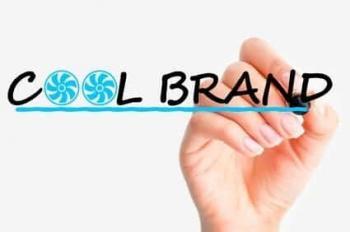
Similarly, smartphones were exceptionally “cool” when they first came out; then came tablet devices. Other cool products include robotic vacuum cleaners, for instance, or automated lawn mowing machines.
But there is a problem with cool products; coolness does not last. Consider the “laser mouse” as an example. The first optical mice for computers were labelled as “cool” products by design magazines. If you had a mouse emanating a bright red light you were cool. But now, such mice are everywhere – who cares? When smartphones first came out they were cool; now almost everyone has one they are not cool at all.
Similarly, it was once cool to have an MP3 player instead of a CD player. Now people ask “what’s a CD?” because digital music is omnipresent – so much so it is not cool any more.
Coolness is temporary. And therein lies a problem for business owners.
If you invent a cool product you are forcing yourself to have to line up another cool product to follow it a short while later. You can see this with each smartphone manufacturer trying to out-do each other with new models and new “cool” features each year. Yet, at heart, it is still a phone. However, if they only had their old model on sale it would no longer be seen as “cool” and sales would drop. The only way to keep selling when you invent something cool is to come up with something else cool.
Coolness puts you on a never-stopping treadmill. You have to keep on going and going and going. Otherwise your products lose their cool factor, sales drop and people migrate to something which does have coolness.
What you really need to sell is stuff that is not cool. What is best for long-term success – and probably higher profitability – is “evergreen” stuff. Products that people always need sell well – and they can have high profitability because you do not need to reinvest so much into an R&D budget inventing something cool. Evergreen products exist in a wide range of markets – there’s paper and pens in office supplies, saucepans and cutlery in kitchen equipment, or calculators in schools supplies. There are also evergreen services like sales training or presentation skills consultancy – much less cool than courses in social media, but much more likely to last a long time.
Research from Penn State University confirms that coolness only lasts as long as the product does not enter the mainstream. That would suggest if you want to sell more and make the most profits you need to concentrate on that mainstream, avoiding coolness because all that does is keep you on that product invention treadmill.
